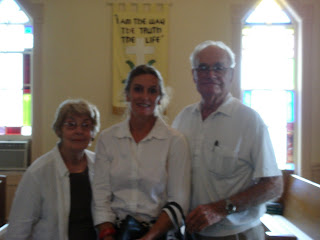

Join me as I break down the days in Northeastern Indiana - days full of walks outdoors and waterskis; parks, lakes and rivers. We'll also look for some spontaneous fun. We're going to talk, take in the scenery, and go on lots of adventures!



 I've never seen an actual rocket launch. It certainly would have been exciting, to have been in Florida or California or such place to have seen one. Several members of my family have done so, and love rocket science, astronauts, the idea of space travel, and flight in general.
I've never seen an actual rocket launch. It certainly would have been exciting, to have been in Florida or California or such place to have seen one. Several members of my family have done so, and love rocket science, astronauts, the idea of space travel, and flight in general. 

Sam Shepard rides an unusual roan horse - it's a gorgeous reddish brown, with some subtle white speckled spots in its coat - and the horse is unique, intelligent. There's another movie horse; the one from Dances with Wolves. Only a few stand out.
There is a cat and mouse game on horseback between Glennis and Chuck Yaeger - breathing hard, pounding hoof beats - the couple so happy - but then CY falls off his horse and cracks a couple of ribs.
Chuck is sent off by his wife to punch a hole in the sky. On Oct. 14, 1947, Chuck's X-1 was dropped from under a B-29 to beat the sound barrier and push the envelope. He got it done. He pushed past Mach 1.
Because of the pending Cold War, The press was not allowed to report the breaking of the sound barrier. We had secrets from the Russians, The movie goes on to explore the debut of the Mercury Space Program, and to follow the lives of the first seven astronauts. Scott Crossfield, another pilot, would reach Mach 2, or 1500 MPH, in a D-5. But space programs need funding.
An astronaut's line in the movie is, no buck$ - no Buck Rogers. The sky's the limit - but somebody is going to have to pay for it.